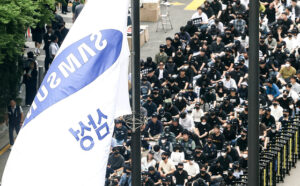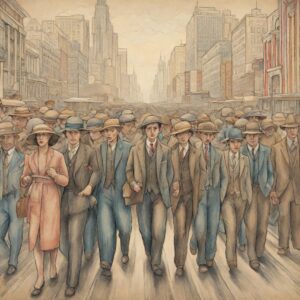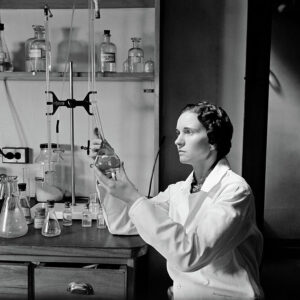Every year, on the first Monday of September, millions of Americans come together to celebrate Labor Day. For many, it marks the end of summer, a long weekend filled with barbecues, picnics, and parades. However, the history of Labor Day runs much deeper than just a day off work and festivities. It is a day to honor the achievements, sacrifices, and the ongoing struggle of the American labor movement. In this article, we will delve into the fascinating history of Labor Day, exploring its origins, the labor movement’s key figures, pivotal moments, and its significance in contemporary society.
The Early Labor Movement: 19th Century America
To understand the history of Labor Day, we must first look back to the early days of industrialization in the United States. In the late 18th and early 19th centuries, the nation was transitioning from an agrarian society to an industrial one. Factories and mills began to emerge, bringing with them a demand for labor. However, the conditions for workers were often harsh and dangerous, with long hours, low pay, and minimal workplace safety regulations.
In response to these challenging conditions, workers began organizing themselves into trade unions to advocate for better wages, improved working conditions, and job security. The early labor movement was marked by strikes, protests, and labor disputes as workers fought for their rights. One of the earliest significant labor strikes in American history was the Lowell Mill Girls Strike of 1834 in Massachusetts, where female textile workers demanded better pay and working conditions.
The Rise of the Knights of Labor
As the 19th century progressed, so did the labor movement. One of the most prominent labor organizations of the time was the Knights of Labor, founded in 1869 by Uriah Smith Stephens and Terence Powderly. The Knights of Labor aimed to unite workers from different trades and industries into a single organization, promoting the idea of solidarity among workers.
The Knights of Labor played a pivotal role in advocating for workers’ rights, including the eight-hour workday, an end to child labor, and fair wages. They also organized strikes and boycotts to pressure employers into making concessions. This period saw significant labor unrest, with events like the Haymarket Riot of 1886, where a peaceful workers’ rally turned violent, resulting in several deaths and injuries.
The Origins of Labor Day
The idea of Labor Day as a national holiday can be traced back to the labor movement’s growing influence in the late 19th century. While there is some debate about the exact origins of the holiday, it is widely acknowledged that the first Labor Day celebration occurred on September 5, 1882, in New York City. The event was organized by the Central Labor Union (CLU) and drew thousands of workers who took unpaid time off to participate in a parade and picnic.
This initial Labor Day event was not an official holiday but served as a demonstration of the labor movement’s strength and unity. It was a call for workers’ rights, better working conditions, and a shorter workweek, particularly the demand for an eight-hour workday, which was a central issue for labor activists at the time.
The Push for National Recognition
The idea of an annual Labor Day celebration gained momentum quickly. In 1884, the CLU officially designated the first Monday in September as an annual holiday to honor workers and their contributions. The move was also influenced by the desire to avoid potential conflicts with other labor-related events, such as strikes, and to ensure that workers could participate without risking their jobs.
However, it wasn’t until the 1890s that the push for national recognition of Labor Day gained significant traction. Labor unions and workers’ organizations across the country began advocating for the federal government to recognize the holiday. They argued that Labor Day should serve as a national tribute to the working class and the labor movement’s achievements.
Grover Cleveland’s Violent Reaction to the Pullman Strike
In 1894, President Grover Cleveland sent armed troops to quell the Pullman Strike, a nationwide railroad strike that, like the recent UPS strike, threatened to slow down vital transportation of goods. 13 workers died and many more were injured as a result of Cleveland’s reaction. To improve his public image, President Cleveland signed the Labor Day bill into law on June 28, 1894, just six days after the strike’s end. Labor Day was now officially a national holiday, celebrating the American worker after a bloody strike.
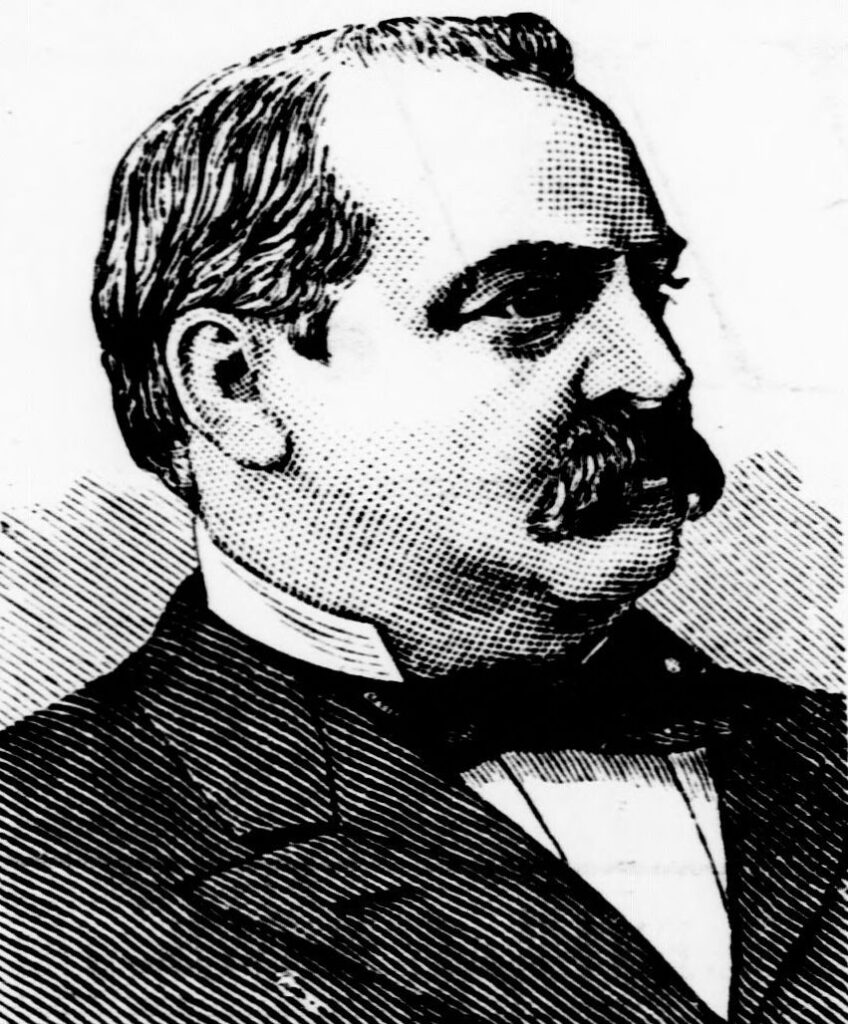
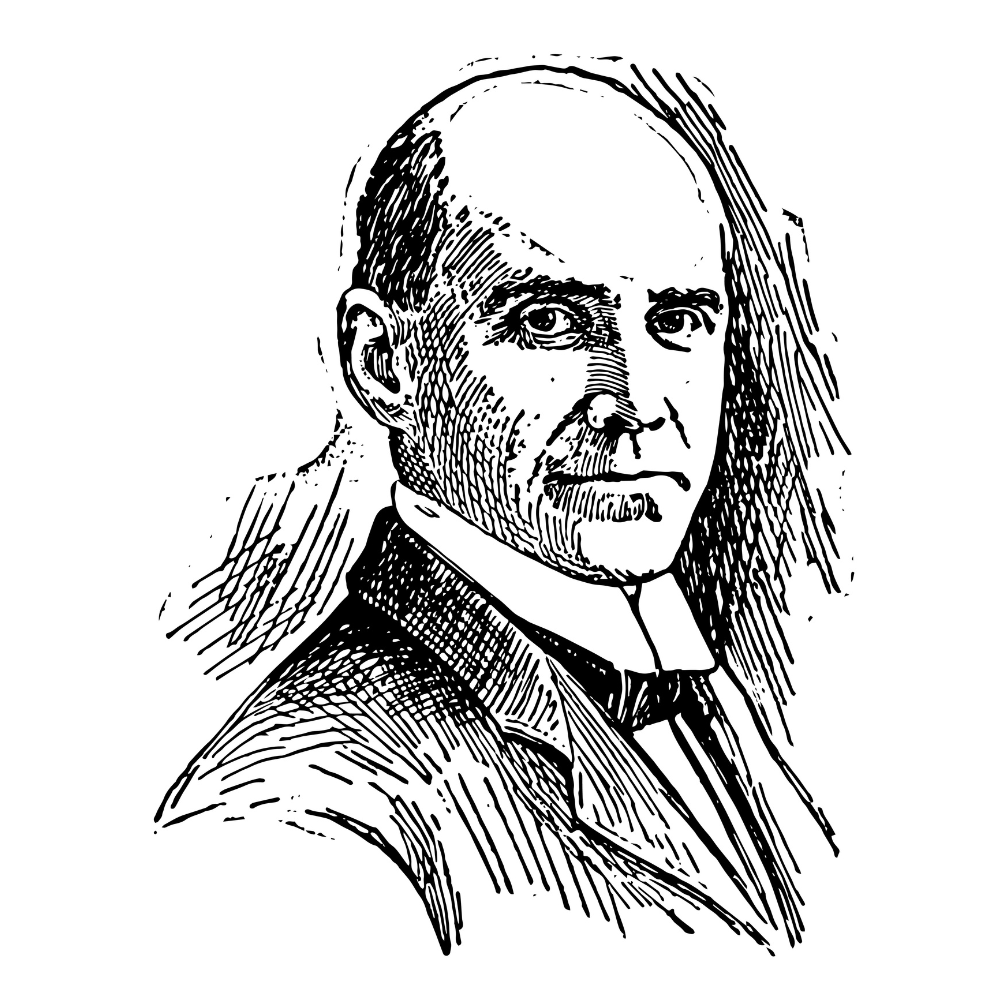
The Significance of the Date
The choice of the first Monday in September for Labor Day holds historical significance. It was intentionally placed in September to create a clear separation from International Workers’ Day, which is celebrated on May 1st in many countries and is associated with the labor movement’s radical and socialist elements. By establishing Labor Day in September, American labor leaders aimed to distance themselves from the more radical aspects of the movement and emphasize their commitment to American values of hard work and patriotism.
Labor Day Celebrations
From its inception, Labor Day celebrations have been marked by parades, picnics, and other festivities that bring communities together. Parades often feature union members, workers, and labor organizations proudly displaying their banners, slogans, and values. These parades are a way to show solidarity among workers and raise awareness of labor issues.
Picnics, barbecues, and family gatherings are also a significant part of Labor Day celebrations. Many Americans take advantage of the long weekend to enjoy the last days of summer, spending time with loved ones and relaxing before the return to work and school. These traditions have endured for over a century, symbolizing the importance of both work and leisure in American culture.
The Labor Movement’s Legacy
Today, the term “Socialism” can hold some negative baggage in the United States. In a September 2022 Pew Research report, 64% of responders did not view the term “Socialism” positively, which is a 6% increase from the same study done just 3 years prior. To be fair, the term “Capitalism” was viewed less favorably in that same time period but not as dramatically as “Socialism.”
Over the years politicians and activists representing Left-leaning Socialist agendas have achieved many significant victories, shaping the workplace conditions and labor laws we know today. These achievements are so commonplace and taken for granted today in the US that even those that denounce socialism today would never entertain walking back these key achievements and lasting legacies of the labor movement over the last century, including:
- Eight-Hour Workday: The labor movement’s relentless advocacy for an eight-hour workday led to its widespread adoption across various industries.
- Minimum Wage Laws: Labor unions played a crucial role in pushing for minimum wage laws, ensuring that workers receive fair compensation for their labor.
- Child Labor Reform: Labor activists successfully campaigned for laws that restricted and eventually eliminated child labor, ensuring that children could focus on education and a safe, healthy upbringing.
- Workplace Safety Regulations: The labor movement’s efforts led to the implementation of workplace safety regulations, reducing injuries and fatalities on the job.
- Collective Bargaining: Unions have empowered workers to negotiate collectively with employers, ensuring fair wages, benefits, and working conditions.
- Social Security: The labor movement supported the establishment of Social Security in the United States, providing financial security for retirees and disabled individuals.
- Occupational Health and Safety Act (OSHA): The labor movement played a significant role in the creation of OSHA, which sets and enforces workplace safety and health standards.
Challenges and Recent Victories
While the labor movement has achieved many victories, it continues to face challenges and ongoing struggles. Although in recent years has seen a decline in union membership and bargaining power, recent headlines have dubbed the Summer of 2023 as “Hot Labor Summer”. As of the writing of this post the 2023 Writers Guild of America strike has been going on for four months, however UPS workers scored what many are calling the most lucrative deals in the history of worker deals.

In a surprising study released August 28th, the US Dept of the Treasury found that unions raise the wages of their members by 10 to 15 percent while also improving other important aspects of work life such as retirement plans and flexible scheduling.
Labor Day Today
In contemporary society, Labor Day retains its significance as a day to honor workers and their contributions to the nation’s prosperity. It is a time to reflect on the achievements of the labor movement and the ongoing struggle for workers’ rights. Labor unions and workers’ organizations continue to use this day as an opportunity to raise awareness about labor issues and advocate for policies that benefit workers.
Labor Day also marks the end of summer and the beginning of the back-to-school season. Many businesses and retailers offer special promotions and sales to attract shoppers during the holiday weekend, making it a popular time for consumers to take advantage of discounts (and sadly putting workers into a busy work day on Labor Day).
Labor Day is a celebration of the American worker and the labor movement’s enduring legacy. Its history is deeply intertwined with the struggle for workers’ rights, fair wages, and safe working conditions. As we gather for picnics, parades, and festivities on the first Monday of September, let us remember the sacrifices and achievements of those who came before us and recommit to the ongoing struggle for workers’ rights in the United States. Labor Day is a reminder that the fight for a more just and equitable workplace continues, and it is a celebration of the enduring spirit of American workers.


